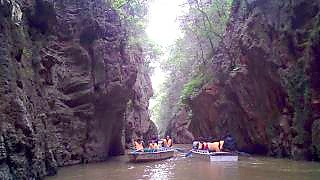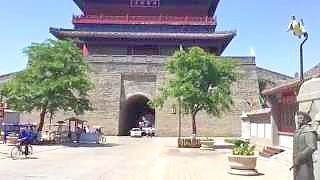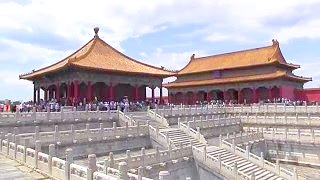Filmed, edited and produced by : Maarten de Haas.
Places include GuiLin, YangShuo, The Great Wall of China, the 'Avatar mountains' of ZhangJiaJie, DeQin, ShangRiLa, Tibet and Tiger Leaping Gorge.
[640],shadow=true,start=,stop=Live more ...
 China 中国 travel trip, with drone
China 中国 travel trip, with droneFilmed, edited and produced by : Maarten de Haas.
Places include GuiLin, YangShuo, The Great Wall of China, the 'Avatar mountains' of ZhangJiaJie, DeQin, ShangRiLa, Tibet and Tiger Leaping Gorge.
[640],shadow=true,start=,stop=

|

|
With Little Chinese Everywhere ...
|

|
There are also caverns to explore.
|

|
ShānHǎiGuān, 'Mountain Sea Gate', close to QinHuangDao. Where the Great Wall of China meets the ocean ...
|

|
With Garland Nixon ...
|

|

|
And JingShan Park.
Filmed in early summer, 2012.
|